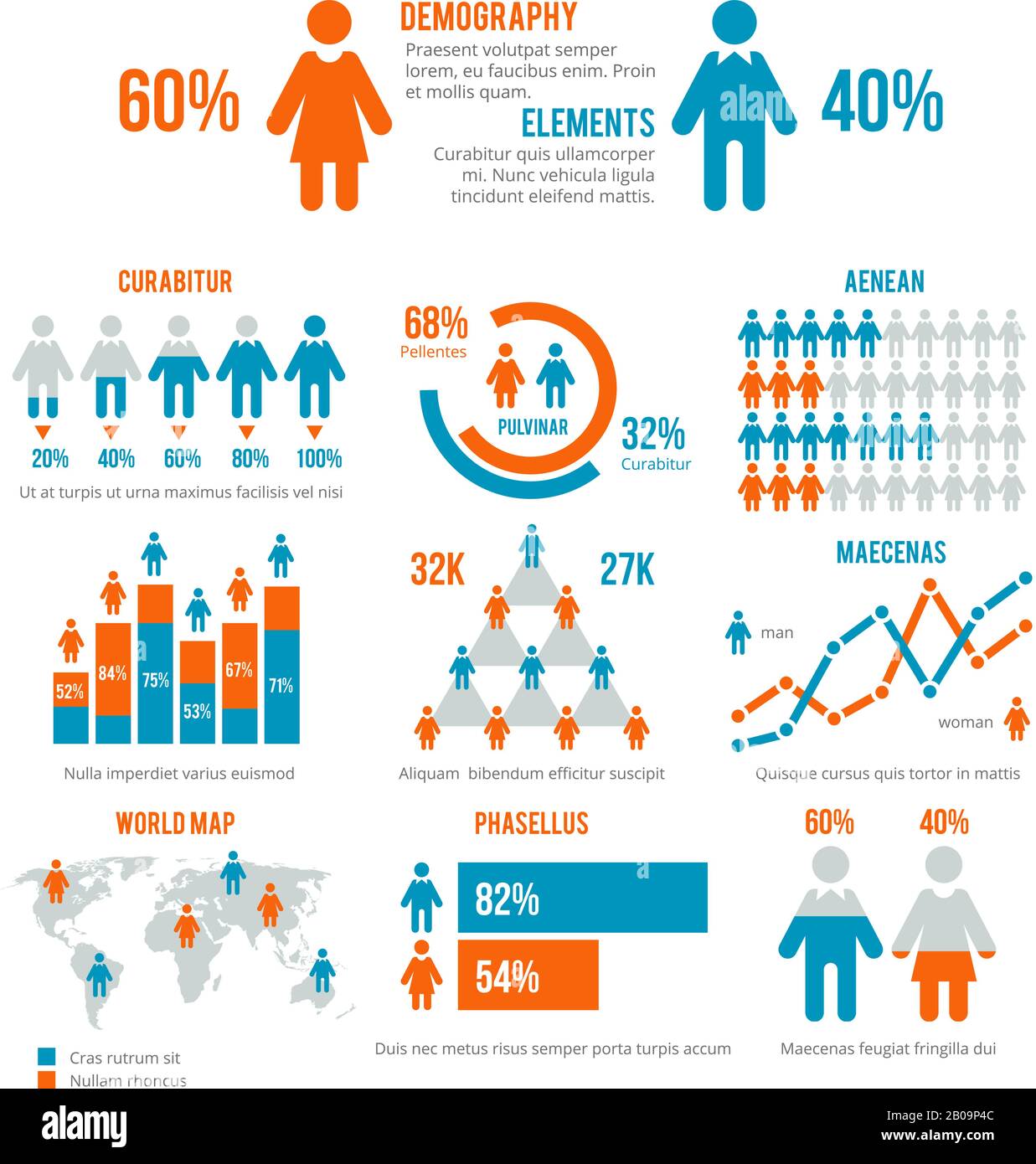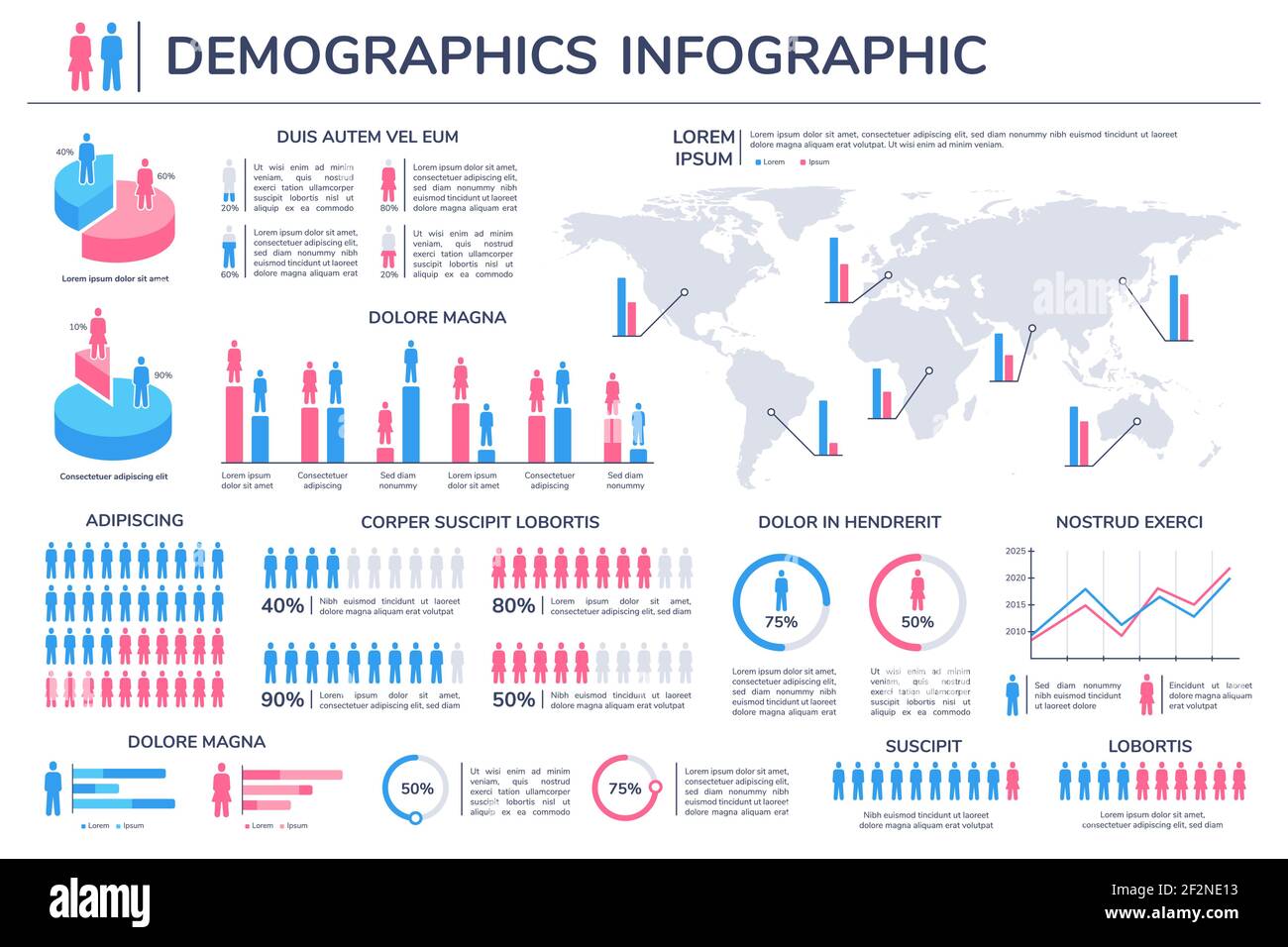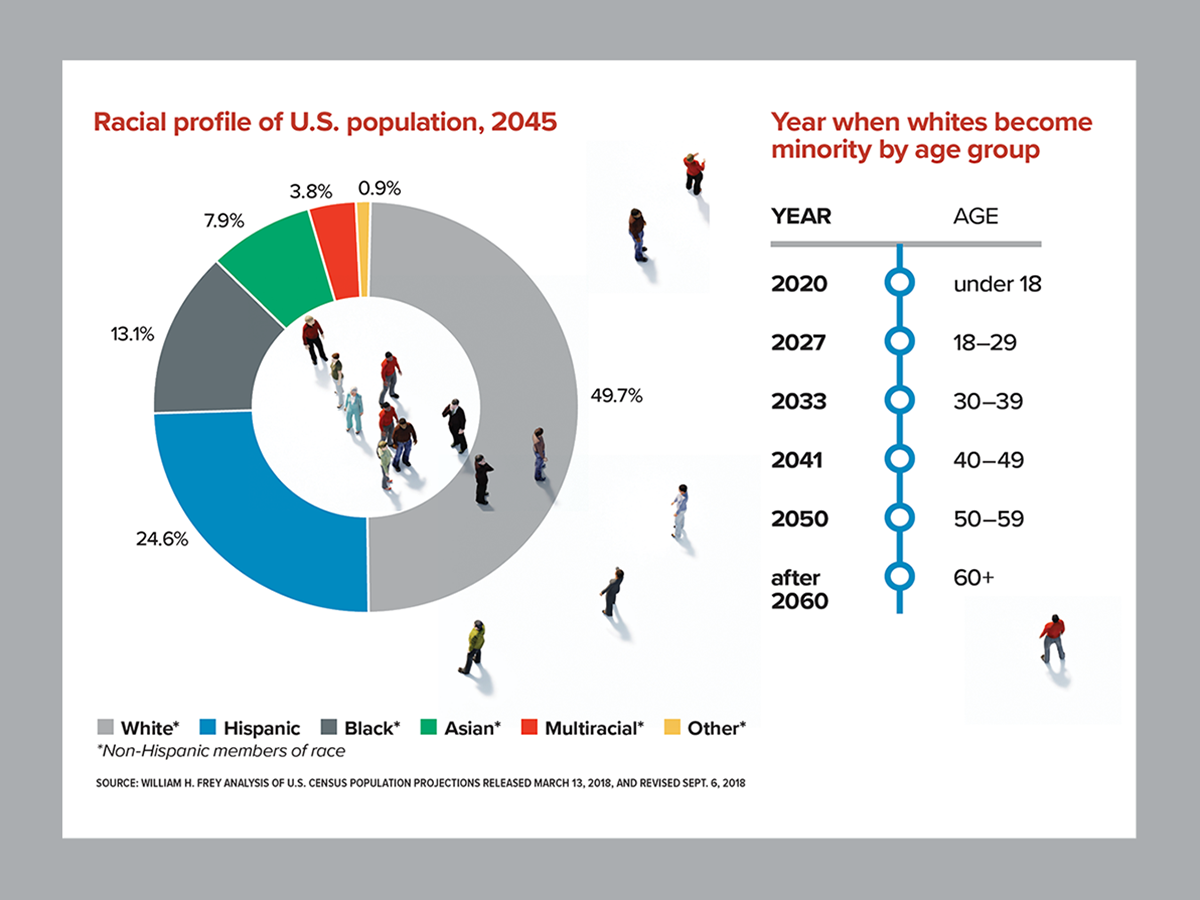Iran's People - A Look At Demographics
Iran, a rather large and populous country situated in Western Asia, has a story to tell through its people. It's a place where many lives are lived, and the numbers that make up its population paint a really interesting picture of change over time. From how many folks call it home to how old they generally are, these figures give us a good sense of the country's social fabric.
For a long time, the number of people living in this ancient land has been on the rise. We can see, too, it's almost a steady climb, with periods of very quick growth and then times when things slowed down a bit. This kind of information helps us get a feel for how families have grown, how communities have shifted, and what life might be like for the folks living there.
There's quite a lot we can learn about Iran's population, from its past to what it might look like in the years to come. We can explore things like how many babies are born, how long people tend to live, and even where most people choose to settle down. It's actually a fascinating subject, shedding light on a country with a very rich history, the ancestral home of the Persian people for nearly three millennia.
- How Many Children Did Elizabeth Taylor Have
- What Is The Rarest Hair Colour
- How Long Are Islanders On Love Island
- Julie Bristow Wendy Crewson
- Love Island Alcohol
Table of Contents
- What Do We Know About Iran's Population Numbers?
- Current and Future Demographics of Iran - What Do the Projections Say?
- How Has Iran's Population Changed Over Time?
- A Closer Look at Iran's Demographic Details
- What About the Rich Tapestry of People in Iran?
- Understanding Iran's Demographic Indicators Compared to Others
- Where Do People Live in Iran?
- Looking at Iran's Demographics - A Summary of Key Data Points
What Do We Know About Iran's Population Numbers?
When we look back at the 2016 population count, the country had about 79.9 million people. That's a pretty big number, and it represents a huge jump, a fourfold increase, since 1956. So, in some respects, the population has grown quite a bit over those decades, showing a significant expansion in the number of residents.
Between 1976 and 1986, the country saw a very rapid increase in its population, with an average yearly growth of almost 4%. That's a rather quick pace for a population to expand, indicating a time when many new lives were beginning. It was, you know, a period of really significant demographic change for the country.
However, that quick pace didn't last forever. By the time we get to the period between 2011 and 2016, the growth rate had slowed down to just 1.2%. This shift was due to families having fewer children, which meant the overall population wasn't growing as quickly as it once was. It's actually a common pattern in many places around the world, this slowing down of population growth.
- Grab My Balls
- Jordan Rodrigues Ethnicity
- Guerdy Abraira Net Worth
- Who Is Armstrong Williams Wife
- Tony The Mole
Current and Future Demographics of Iran - What Do the Projections Say?
Looking at the most recent estimates, based on information from the United Nations, Iran's population is expected to be around 92,426,406 as of July 6, 2025. That's a lot of people, and it shows a continued, though perhaps slower, expansion. The projections for July 1, 2025, put the total at about 92.42 million, so it's almost the same number, just a slight difference in the exact calculation.
For the year 2024, the total population in Iran was projected to be about 91,567,738 people, or 91.57 million. This shows a steady upward trend in the overall number of residents. This kind of projection helps us get a sense of what the country will look like in terms of its human count in the near future, which is pretty useful for planning, you know.
What's particularly interesting is that these numbers suggest a rather dramatic shift from how the population used to be structured. The country's demographic makeup is changing, and these projections give us a peek into that ongoing transformation. It's not just about the total number, but also about how that number is made up of different age groups and other characteristics, which is something to consider.
How Has Iran's Population Changed Over Time?
Iran's population saw a really big increase during the later half of the 20th century. It just kept growing, reaching about 80 million by the year 2016. This kind of growth is significant and impacts everything from how many homes are needed to how many schools. It's a clear sign of how much the country has changed in terms of its human scale over the decades, actually.
When we talk about how the population has changed, there are many different aspects to consider. We can look at the current numbers, but also historical data and future projections. Things like the rate at which the population grows, how many people move into or out of the country, the average age of the residents, and how many children women generally have are all part of this picture. We also consider how many people live in a certain area and the spread of people living in cities versus rural areas. It's quite a comprehensive set of figures, really.
A Closer Look at Iran's Demographic Details
To get a really good grasp of Iran's demographics, we often look at something called a population pyramid. This visual tool helps us see the age structure of the population, showing how many people are in different age groups and how many are male versus female. It also gives us a sense of the dependency ratio, which is about how many older and younger people rely on those in the working ages. It’s pretty insightful, you know, for understanding the balance of the population.
The average age of Iran's inhabitants is another key piece of information. Knowing this helps us understand if the population is generally young or getting older. We can also find out the total number of people, of course, and then break that down into the number of men and the number of women. These figures provide a detailed snapshot of who makes up the country's population, which is important for lots of reasons.
What About the Rich Tapestry of People in Iran?
Iran is a very diverse country, home to many different groups of people. It's a place with a wide array of cultures and backgrounds. Interestingly, the Iranian government doesn't gather specific information about ethnicity when it conducts its census. So, while we know there's a lot of variety, the official numbers don't break it down by ethnic group, which is just how they do things there.
Despite not having official census data on ethnicity, it's generally understood that the largest ethnic groups in Iran are the Persians and the Azerbaijanis. These groups contribute significantly to the country's rich cultural heritage and its overall social makeup. Knowing this helps paint a more complete picture of the people who live in Iran, even without the detailed census figures.
Understanding Iran's Demographic Indicators Compared to Others
One way to really understand Iran's population figures is to compare them with other countries and regions. This helps us put things into perspective. We can look at how Iran's population growth rate stacks up against its neighbors or how its life expectancy compares to the global average. It’s a useful way to see where Iran stands on the world stage in terms of its human statistics.
Beyond just the total number of people, we can also look at other important indicators. This includes things like the country's economic output (GDP), how long people generally live, and the birth rate. These metrics, when viewed together, give us a much fuller picture of the country's overall health and well-being, providing a broader sense of its demographic situation.
Where Do People Live in Iran?
When thinking about where people live in Iran, Tehran stands out as the nation's capital. It's also the largest city and serves as the country's financial hub. So, quite naturally, a huge number of people live and work there, making it a very busy and central place for the country's population. It's, like, the heart of much of the activity.
Officially, Iran is an Islamic Republic, and it's divided into five main regions, which are further broken down into 31 provinces. This structure helps organize the country and its people across different areas. Each province, naturally, has its own population centers and unique characteristics, contributing to the overall distribution of people across the land.
Looking at Iran's Demographics - A Summary of Key Data Points
To sum things up, there's a lot of information available about Iran's population. We can look at the current numbers, understand how quickly the population is growing, and see how densely people live in different areas. There are also details about key demographic characteristics, like how many births and deaths occur, and how many people move in or out of the country. This data, which includes both historical figures and estimated future values, helps us see the full scope of Iran's population story, which is actually quite a dynamic one.
- How Tall Is Jake Gyllenhaal
- Anita Marks Net Worth
- Ben Pasternak Age
- What Is A Wardkeeper In Prison
- Kate Winslet Nude

Demographics infographic hi-res stock photography and images - Alamy

World Population Infographic

Demographics Meaning